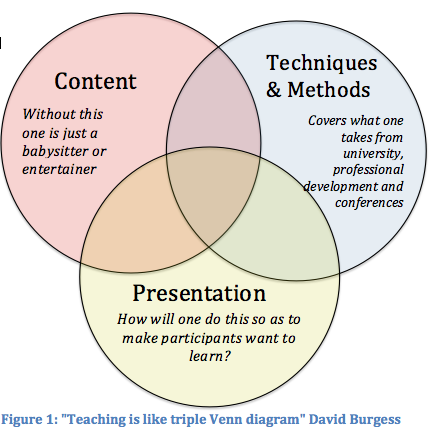The Innovator's Mindset by George Couros

It seems that there is an abundance of new information in education floating around these days. I am especially aware as technology is changing so quickly and due to its recent permeation into educational environments on a large scale, has become a very hot area for new knowledge. Most current teachers were raised in a technology and connected deprived environment so for many this is a whole new area to learn about.
In The Innovator's Mindset, George Couros explains how innovation should be viewed in the classroom and how you can 'empower learning, unleash talent, and lead a culture of creativity.' He talks about how teachers and administrators need to embrace a culture of learning and sharing to more fully commit to teaching. In the book, there are some very practical applications of his ideas supported by relevant current research and educational thinkers.
What I took from this book was, in a lot of ways, what I already was thinking. 1) You may have goals of where you want to get to, but will probably never get there as you continue to set new goals. 2) Sharing is so very important. By sharing our strengths, weaknesses and learning we are putting ourselves in a position to maximize our growth and the growth of others. 3) Collaborating with other people, inside and outside our building, puts us in a position to harness the collective power of our PLN to continue down the path of improved teaching. 4) Modeling is important not only for teachers to show their students, but teachers need to model innovation to other teachers and administrators need to model innovation to all staff as well.
From the research I have done and the articles I read, the idea of a 21st Century classroom seems to be the hottest topic out there. With this comes the beliefs that you need certain equipment and a certain classroom look to be considered a 21st Century classroom. Couros has thoroughly convinced me now, as well as Paul Solarz (https://goo.gl/Q9wdkW), a 21st Century classroom is more about the teachers's AND students' mindset rather than the stuff you have.
I have two challenges for myself as I approach the new school year. How I am I going to get my students to share their work and move outside the physical walls of our building to collaborate with a wider audience? Also, as part of my role this year as an Innovation Coach, how can I model and support the teachers inside and outside of my school to either start or continue to move down the path to having an Innovator's Mindset?
Happy Reading!
James






